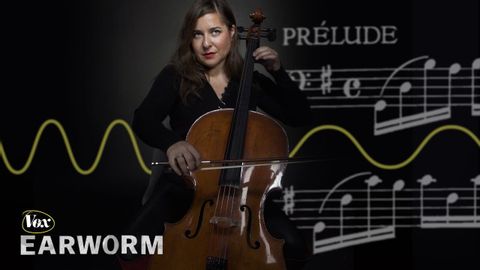あの有名なチェロの前奏曲を分解して (That famous cello prelude, deconstructed)
林宜悉 が 2020 年 09 月 10 日 に投稿  この条件に一致する単語はありません
この条件に一致する単語はありませんUS /ˈkɑnstəntlɪ/
・
UK /ˈkɒnstəntli/
US /ˈrek.əɡ.naɪz/
・
UK /ˈrek.əɡ.naɪz/
- v.t.(~が本当であると)認める : 受け入れる;(重要性を)認める;法的権威を尊重する;公にその人の貢献を称賛する;認識する、認知する
US /ˈkɑnstənt/
・
UK /'kɒnstənt/
エネルギーを使用
すべての単語を解除
発音・解説・フィルター機能を解除
